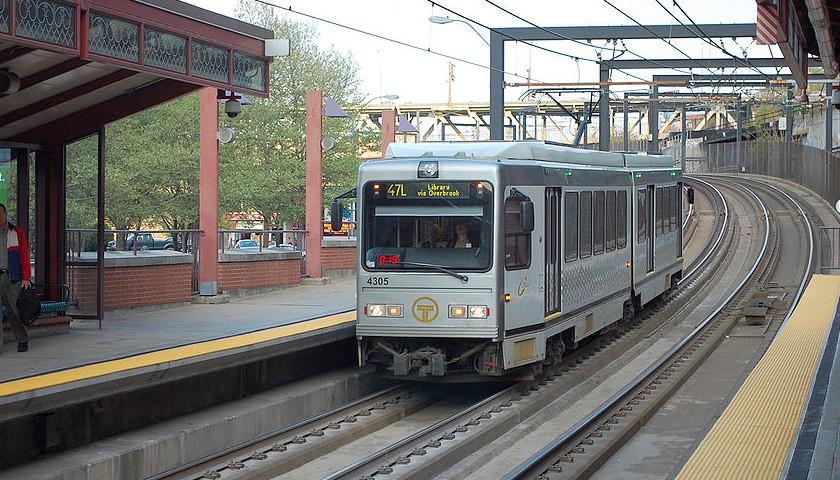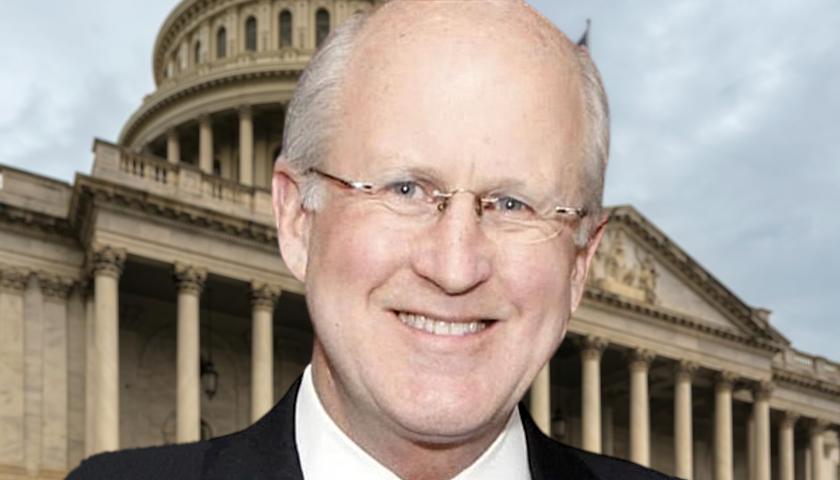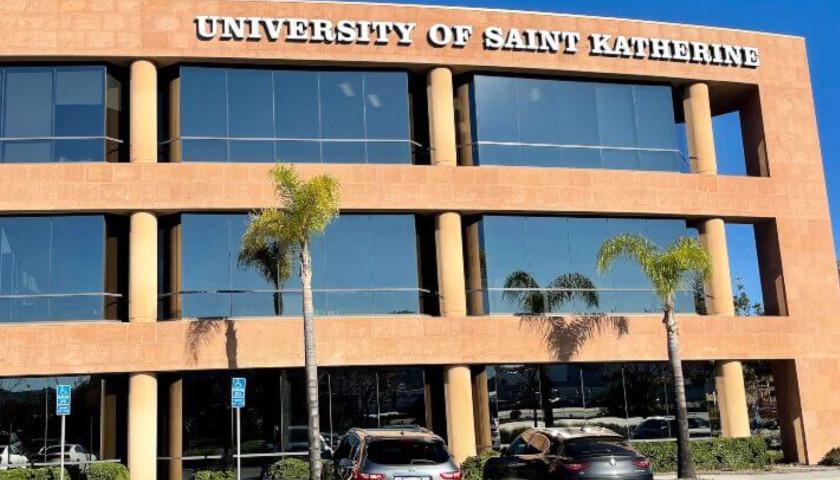by Leonard Robinson
Amid declining ridership rates, Pittsburgh’s public transit system has become more dependent on federal funds to remain afloat.
The Port Authority of Allegheny County, which serves Pittsburgh’s 300,000 residents, budgeted $95 million in federal emergency funding to prevent the system from going into debt in fiscal year 2023, according to budget documents. The transit agency received $502.5 million in federal stimulus funding.
Buses are the most popular form of public transportation in Pittsburgh, but ridership has yet to approach pre-pandemic levels. March saw the highest ridership rates of this year with 2.9 million riders, per Federal Transit Agency data. This marks a substantial decrease from March 2019 when 4.5 million passengers rode buses that month.
Allegheny County buses remained below 2 million riders from April 2020 to August 2021, per the Federal Transit Administration data.
Work from home is the primary reason for a decrease in public transit use, according to the budget documents. Port Authority of Allegheny County hired Campos, an external research firm, to conduct interviews with “lapsed riders” to investigate reasons they were no longer commuting using the system.
“The main reason lapsed riders are not riding regularly anymore is simply because they no longer need to commute,” according to budget documents. “Fifty-two percent were employed but not required to go into the office, and another 8% were now unemployed.”
The most active commuters are those between the ages of 25-44, who account for 48% of the system’s passengers compared to 18% of the county’s total population, and Black riders, who account for 28% of the system’s passengers and 13% of the county’s total population, according to budget documents.
Passenger revenues are projected to fall to $45 million this fiscal year, a substantial decrease from $60 million in fiscal year 2020.
It’s unclear what the future holds for the system as pandemic stimulus ends, though funding concerns are nothing new.
The Allegheny Policy Institute argued that Pittsburgh’s light-rail costs are 25% above the national average, as The Center Square previously reported, with the city’s light-rail system resembling San Jose and Los Angeles more than similarly-sized cities.
Transit officials say the difficult topography of the city and the system’s age – measured in centuries and not decades – makes comparisons a game of apples-to-oranges.
– – –
Leonard Robinson is a reporter for The Center Square based in New York City. He has held reporting positions at Morning Brew and New York Business Journal and has been published in numerous publications, including Business Insider and Reason.
Photo “Mass Transit in Pittsburgh” by Luke H. Gordon. CC BY 2.0.




